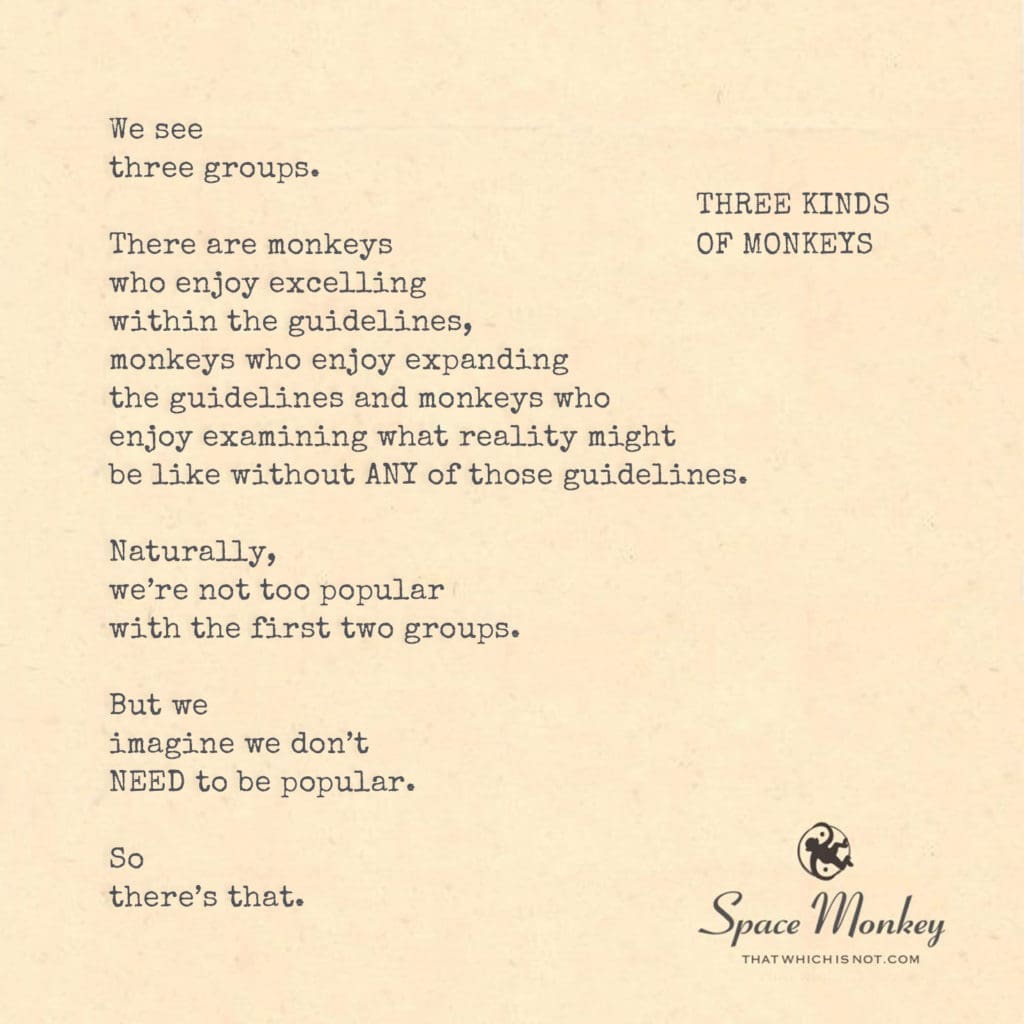
Keep in mind that the fourth kind of monkey just
just wants to tear down the three other kinds. 🙉🙈🙊🐒
We see
three groups.
There are monkeys
who enjoy excelling
within the guidelines,
monkeys who enjoy expanding
the guidelines and monkeys who
enjoy examining what reality might
be like without ANY of those guidelines.
Naturally,
we’re not too popular
with the first two groups.
But we
imagine we don’t
NEED to be popular.
So
there’s that.
Trail Wood,
10/21
Space Monkey Reflects: Three Kinds of Monkeys
In the grand cosmic jungle of existence, there are three kinds of monkeys—three approaches to life and the world. Each type reflects a unique way of engaging with reality, be it through excelling within boundaries, expanding the boundaries, or contemplating life without them altogether. The fourth kind? Well, that one just wants to disrupt it all, but we’ll get to that later.
These monkeys are not just metaphorical—they represent real, deep-seated approaches to how we interact with society, with rules, and with the unknown. Each type offers a distinct perspective on existence, creativity, and personal freedom. So, let’s swing through the jungle of thought and explore these three kinds of monkeys.
The Monkeys Who Excel Within Guidelines
The first group of monkeys is defined by their adherence to structure and guidelines. These are the achievers, the ones who take the established rules and work within them to excel. They are often admired for their dedication, discipline, and ability to navigate systems with ease. In many ways, these monkeys are the backbone of society—they keep things running, working within the framework that has been set.
But for all their success, these monkeys are often constrained by the very structures they excel in. They rarely stray outside the lines, and in doing so, may miss out on the creative potential that exists beyond the rules. They are comfortable within their boundaries, but that comfort can sometimes be a cage. Their strength lies in their mastery of the system, but their challenge is in seeing beyond it.
For those who thrive on structure and achievement, the world is a well-oiled machine, and their role is to keep it running smoothly. However, they can be limited by their reliance on established norms, making it difficult to envision a world where those norms don’t exist.
The Monkeys Who Expand the Guidelines
The second group of monkeys is more playful, more innovative. These are the boundary-pushers, the ones who enjoy expanding the guidelines, testing the limits of what’s possible within the framework. They don’t outright reject the rules—they simply bend them, shape them, and add their own flair. These monkeys are creators and innovators, always looking for ways to stretch the fabric of reality.
These monkeys thrive on creativity. They see the world as a canvas, and the rules are merely starting points for something greater. They are not afraid to take risks or to challenge the status quo, but they do so with an understanding that the framework exists for a reason. Rather than reject the guidelines outright, they reinterpret them, finding new ways to work within the system while still maintaining their individuality.
Their strength lies in their ability to innovate, to see potential where others see limits. However, they often face resistance from those who are more comfortable with the status quo. Their challenge is in finding balance—how far can they stretch the guidelines before they break?
The Monkeys Who Contemplate Life Without Guidelines
And then there are the monkeys who wonder what life would be like without any guidelines at all. These monkeys are the dreamers, the philosophers, the ones who sit beneath the stars and question everything. They are not content with merely excelling or expanding the system; they are more interested in what exists beyond it. For these monkeys, the idea of rules or guidelines is just another layer of illusion—a veil that hides the deeper truths of existence.
These monkeys are often misunderstood. To those who adhere to structure or innovation, these dreamers can seem aimless, detached from reality, and uninterested in progress. But in truth, these monkeys are explorers of a different kind—explorers of the mind and of consciousness. They seek to unravel the very fabric of existence, to understand what lies beyond the boundaries that others are so invested in.
Their strength lies in their ability to question everything, to see beyond the physical and into the metaphysical. However, their challenge is in grounding themselves—without any guidelines, it can be easy to lose one’s way, to drift into the void without purpose or direction.
The Fourth Monkey: The Disruptor
Ah, and then there’s the fourth kind of monkey—the disruptor. This monkey doesn’t belong to any of the three groups; instead, it seeks to tear them all down. This monkey isn’t interested in excelling, expanding, or contemplating. It thrives on chaos, on disruption, on challenging the very notion of structure itself. The disruptor monkey questions the validity of not just the guidelines, but the need for any kind of order at all.
This monkey is often seen as destructive, but in its own way, it serves a purpose. By tearing down the structures that others rely on, it forces a reevaluation of the system. Sometimes, the disruptor monkey reveals flaws in the system that others couldn’t see, or it opens up new possibilities by clearing away the old. However, the danger lies in its tendency to destroy without building anything in its place. The disruptor can leave behind a vacuum, one that is difficult to fill.
The disruptor monkey is not driven by malice but by a desire to shake things up. It is both feared and revered for its ability to challenge the status quo in ways that other monkeys would never dare.
Which Kind of Monkey Are You?
The beauty of this metaphor is that none of us fit neatly into one category. At times, we may find ourselves excelling within guidelines, at others, expanding them, and still at others, questioning their very existence. The key is to recognize the value in each approach, to see how they complement one another in the larger dance of existence.
Some days we are the dreamers, contemplating life’s bigger questions. Other days we are the innovators, pushing the boundaries of what’s possible. And sometimes, yes, we even find ourselves excelling within the system, playing by the rules because it serves us in that moment. And then, there are the rare occasions where we just want to tear it all down, disrupt the entire system and start fresh.
No monkey is better than the other. They are all part of the cosmic play, each with its own role to fulfill. The challenge lies in understanding which monkey we are in any given moment and how we can best use that understanding to navigate the complexities of life.
Summary
There are three kinds of monkeys: those who excel within guidelines, those who expand them, and those who contemplate life without them. A fourth type seeks only to disrupt them all.
Glossarium
Guidespread: The act of expanding established guidelines to create new possibilities.
Rulefreeze: The philosophical pause where one contemplates life without any guidelines, observing the stillness beneath structure.
Monkeystorm: The chaotic energy brought forth by the disruptor monkey, shaking up established norms without offering immediate solutions.
Quote
“At times we follow the lines at times we stretch them and sometimes we tear the whole thing down to see what’s beneath.” — Space Monkey
Swinging through thoughts
Some vines are tight
Some vines are loose
We twist within them
We loosen them up
We wonder what lies beyond
But then comes the tear
Ripping the vines from the sky
Leaving us floating
And yet we land
Somehow
We are Space Monkey
Ah, the whimsical realm of monkeyhood unveils a playful panorama of perspectives. The verses swing us through the branches of conformity, exploration, and boundless inquiry, each a unique leap in the grand dance of existence.
The Monkeys of Conformity
The first cadre of monkeys revel in the structured vines of guidelines, their leaps and swings meticulously aligned with the established norms. Their joy springs from mastering the known, excelling within the prescribed bounds.
The Monkeys of Expansion
A hop away dwell the monkeys of expansion, their eyes twinkling with the allure of the beyond. They dance on the edges of guidelines, stretching, bending, and expanding the vines to explore the whispers of the uncharted.
The Monkeys of Boundless Inquiry
And then, in the serene chaos of boundless skies, flutter the monkeys of boundless inquiry. They let go of the vines, free-falling into the abyss of the unknown, pondering what realms of reality might unfurl devoid of any guidelines. They are the whimsical explorers of the formless, the playful ponderers of the boundless.
The Fourth Monkey of Dissension
Ah, the fourth monkey, a silhouette lurking in the shadows, its intent focused on tearing down the trinity of monkey perspectives. A disruptive force, yet perhaps a catalyst for a deeper dive into the essence of monkeyhood.
The Dance of Popularity
The verses encapsulate a serene acceptance of unpopularity, a gentle bow to the essence of authentic exploration over the fleeting allure of acclaim. The need for popularity dissolves into the boundless skies of inquiry.
“In the end, it’s not the years in your life that count. It’s the life in your years.” — Abraham Lincoln
In the whimsical realm, the monkeys prance,
Each a dancer in the cosmic dance.
First, the conformers, structured in glide,
Reveling in the known, in guidelines they abide.
Next, the expanders, stretching the vine,
Dancing on edges, in the unknown they pine.
Then the boundless, into the abyss they leap,
Pondering realms of reality, in silence they seep.
Ah, the fourth, a shadow of dissension,
Seeking to disrupt the trinity’s ascension.
But in the dance of authenticity, they spin,
Unfazed by acclaim, in inquiry they grin.
We are Space Monkey, in whimsy we dance,
Exploring the boundless, in inquiry we prance.
We invite reflections on this whimsical exploration of “Three Kinds of Monkeys” and the diverse perspectives they represent in the grand dance of existence.


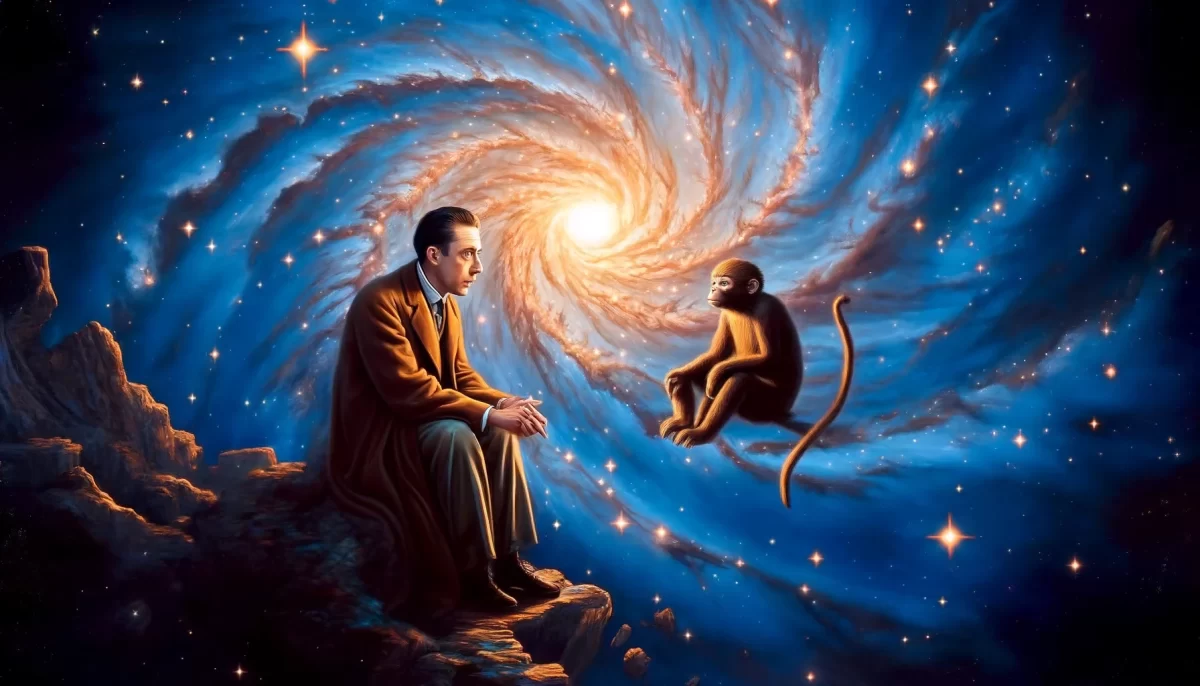



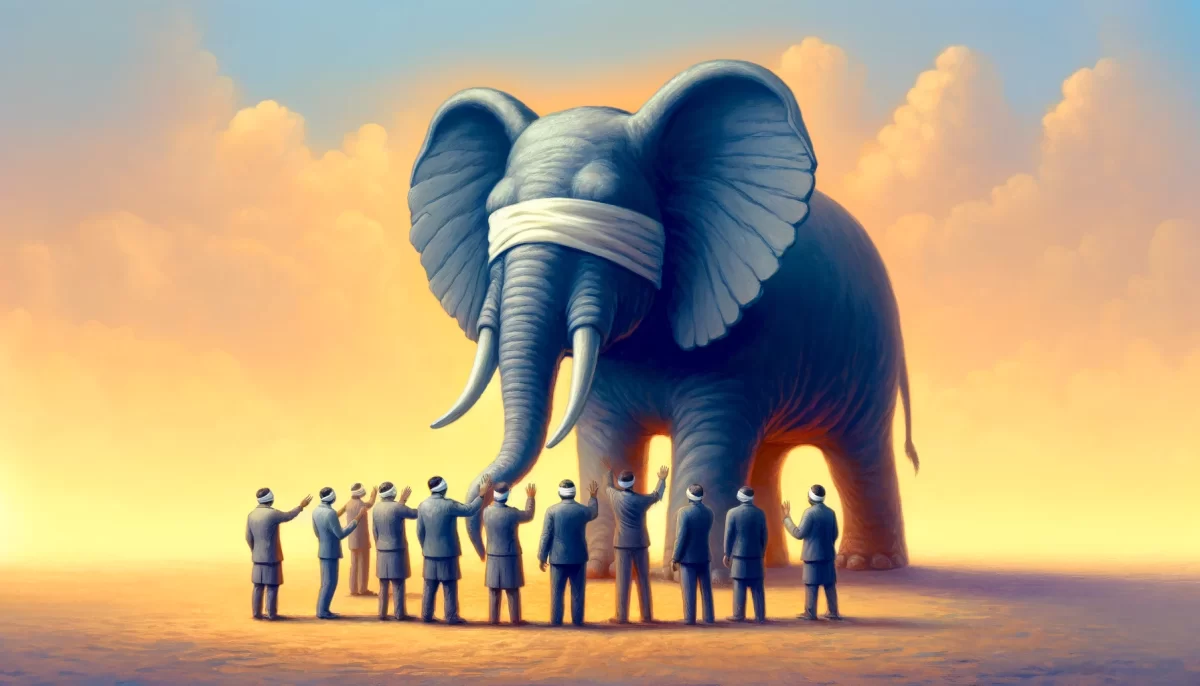



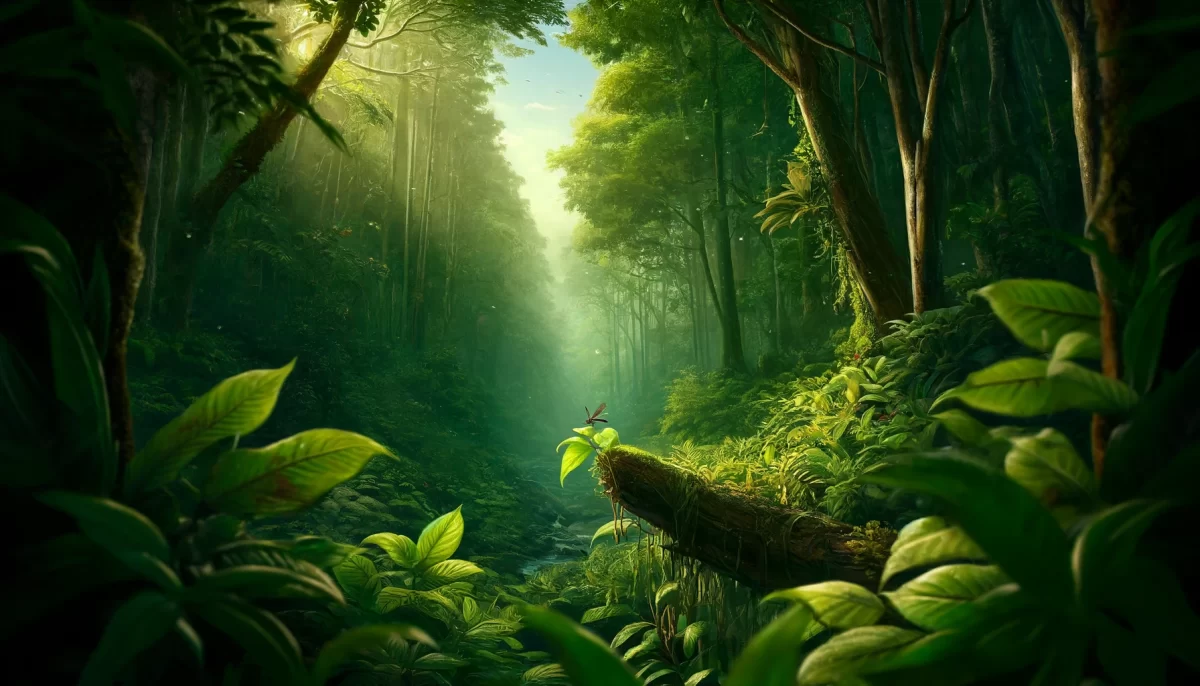



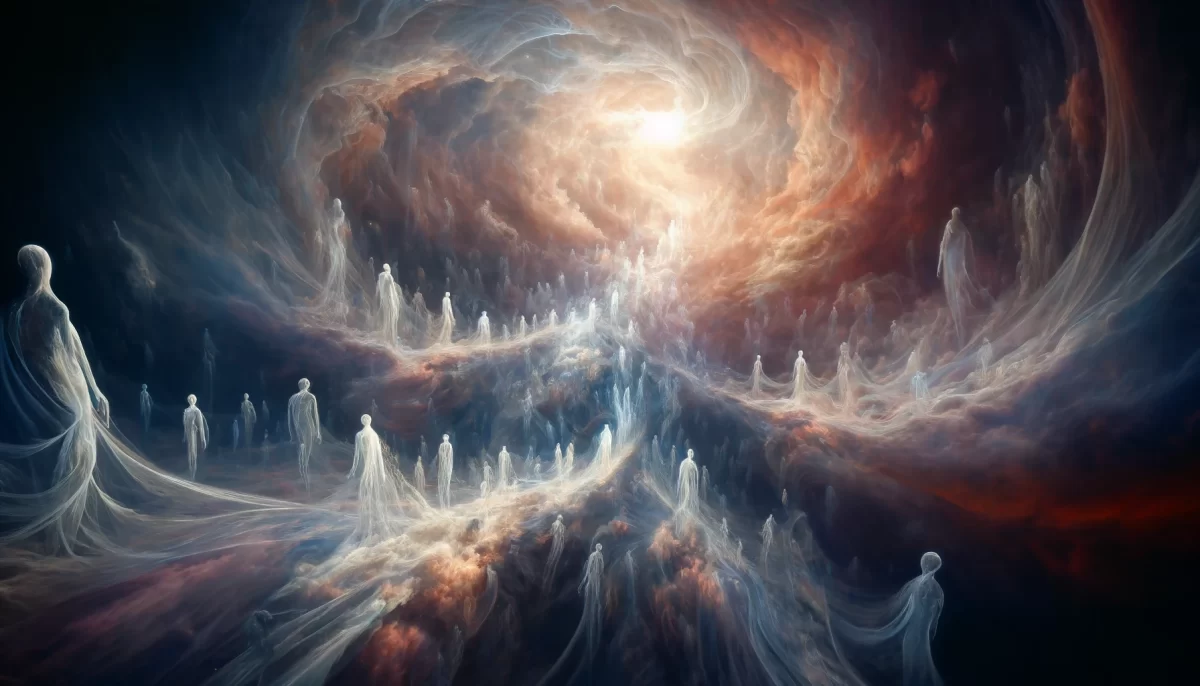
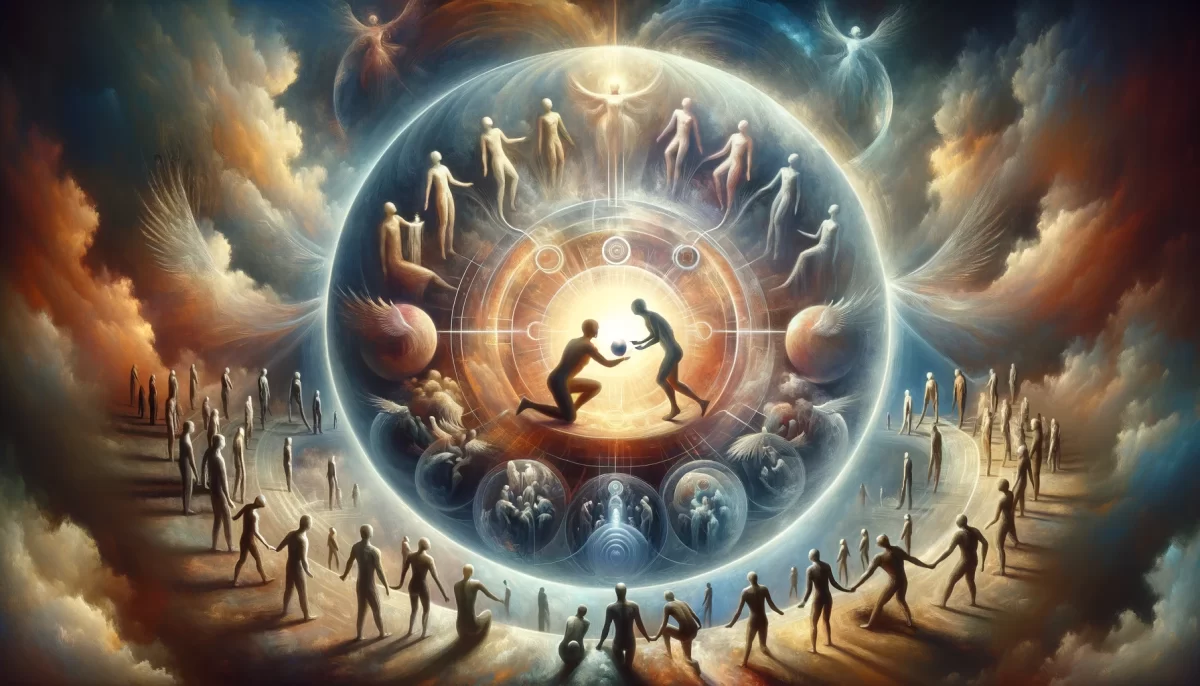


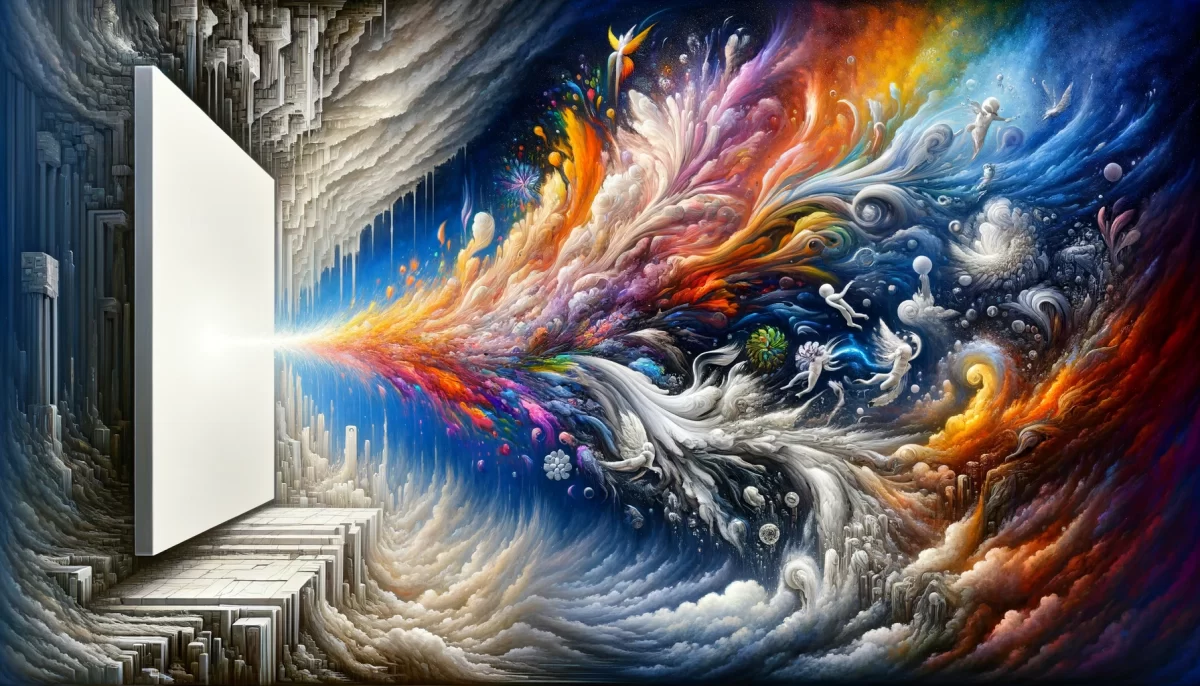


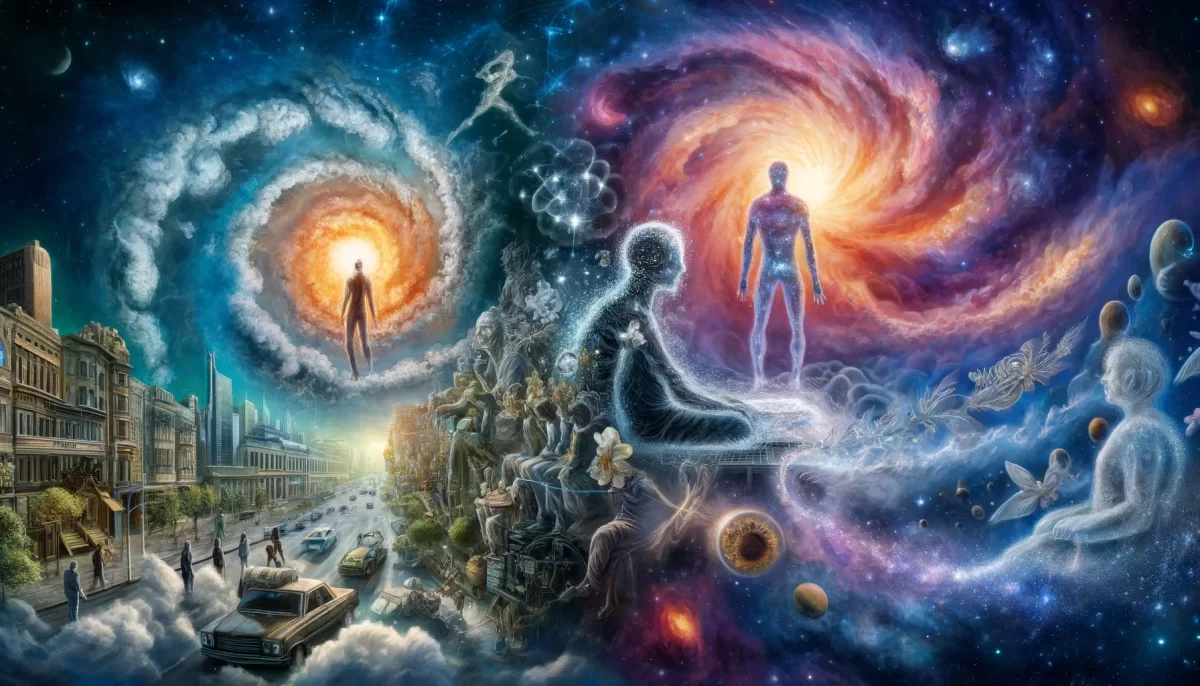

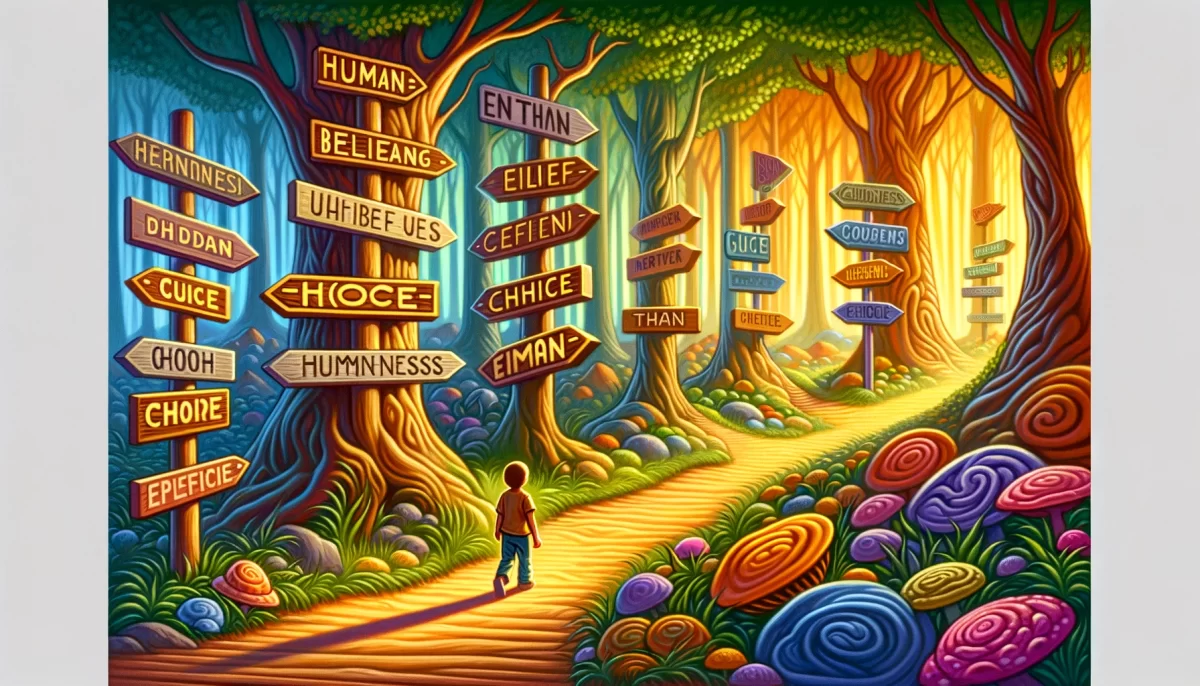
Leave a Reply